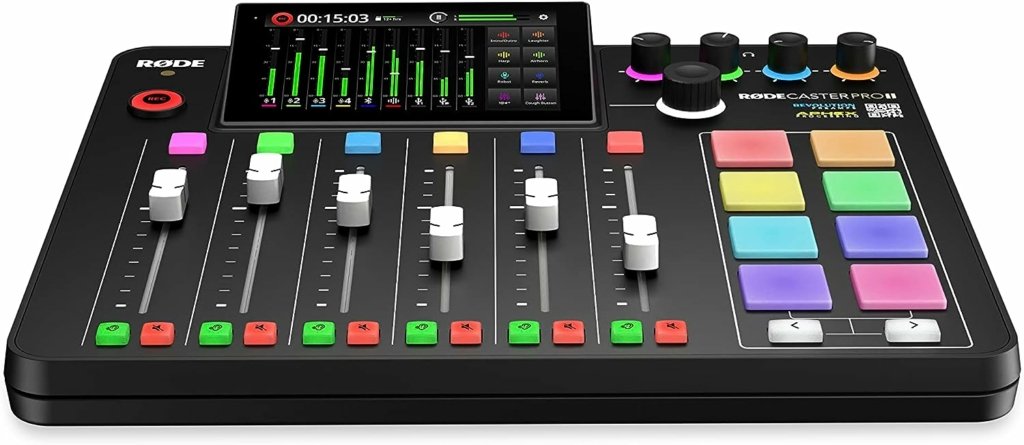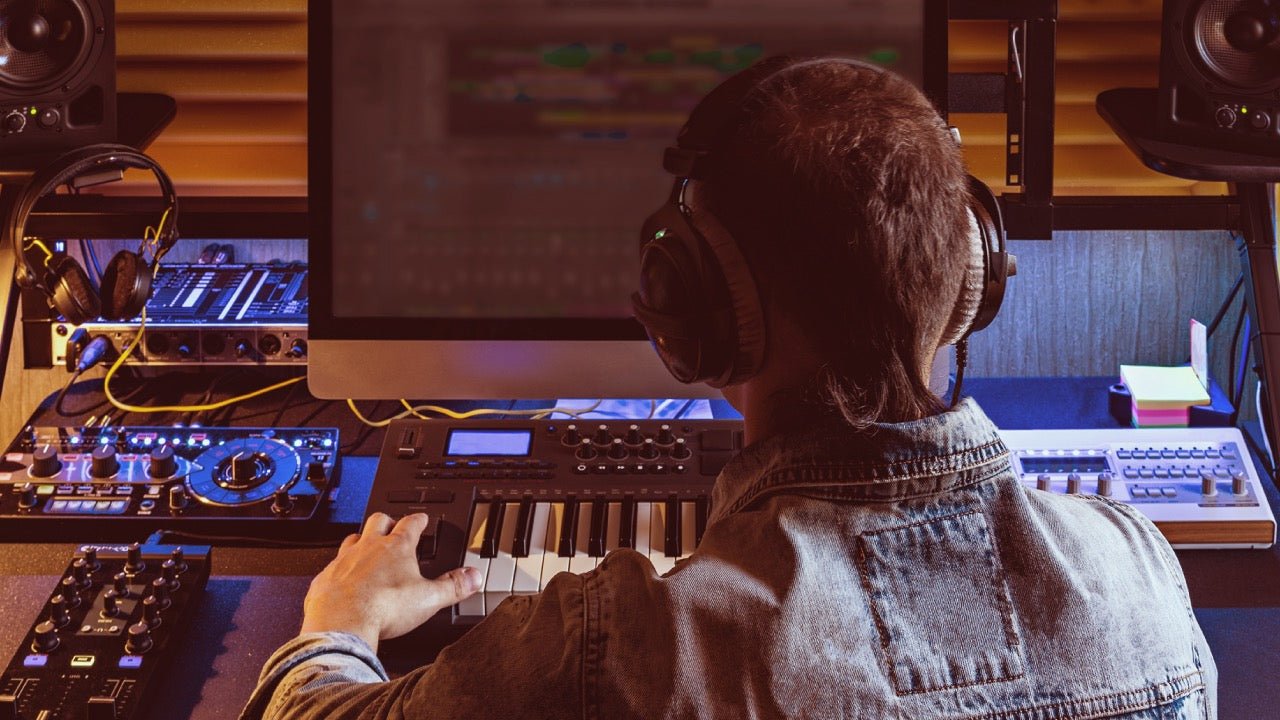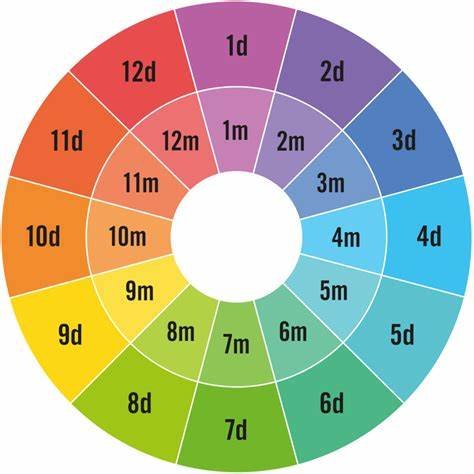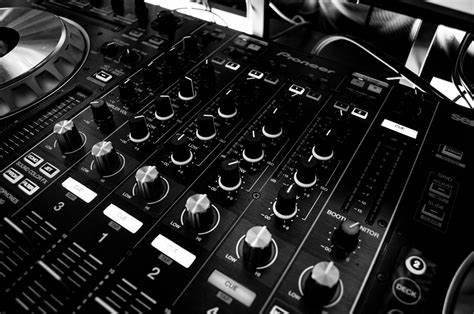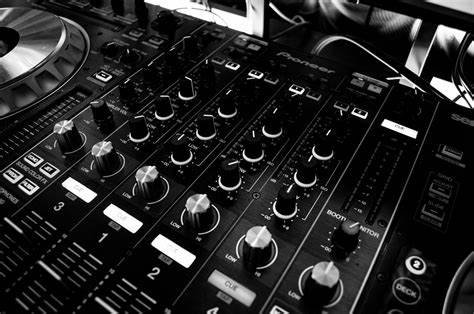Mixing for radio shows and podcasts involves a combination of technical skill and creative finesse. Unlike live DJ performances, these formats require precision, clarity, and storytelling through sound. Whether you’re creating a music-based radio show or a spoken-word podcast, understanding the nuances of mixing for these mediums can help you deliver top-notch audio content.
1. Understanding the Goals of Mixing for Radio and Podcasts
Radio shows and podcasts have unique audio requirements:
- Consistency: Ensure a balanced volume across tracks and voices.
- Clarity: Focus on clear speech and well-defined sound elements.
- Engagement: Use sound design and transitions to captivate your audience.
- Broadcast Standards: Follow specific loudness standards like LUFS (-16 for podcasts, -24 for radio).
2. Essential Equipment for Mixing
Invest in the right tools for professional audio production:
Hardware
- Microphones: Choose dynamic or condenser mics based on your recording environment.
- Audio Interface: A high-quality interface ensures accurate sound capture and playback.
- Studio Monitors: Use flat-response monitors for precise audio mixing.
- Headphones: Closed-back headphones help with detailed editing and noise isolation.
Software
- DAW (Digital Audio Workstation): Programs like Audacity, Adobe Audition, or Logic Pro enable detailed mixing and editing.
- Plugins: Use equalizers, compressors, and reverb plugins for sound enhancement.
3. Preparing Your Tracks and Recordings
Clean Your Audio
- Use noise reduction tools to eliminate background noise and hum.
- Edit out unnecessary silences, filler words, or mistakes.
Organize Your Sessions
- Arrange tracks for music, voice, and effects in separate channels.
- Label and color-code your tracks for easy navigation.
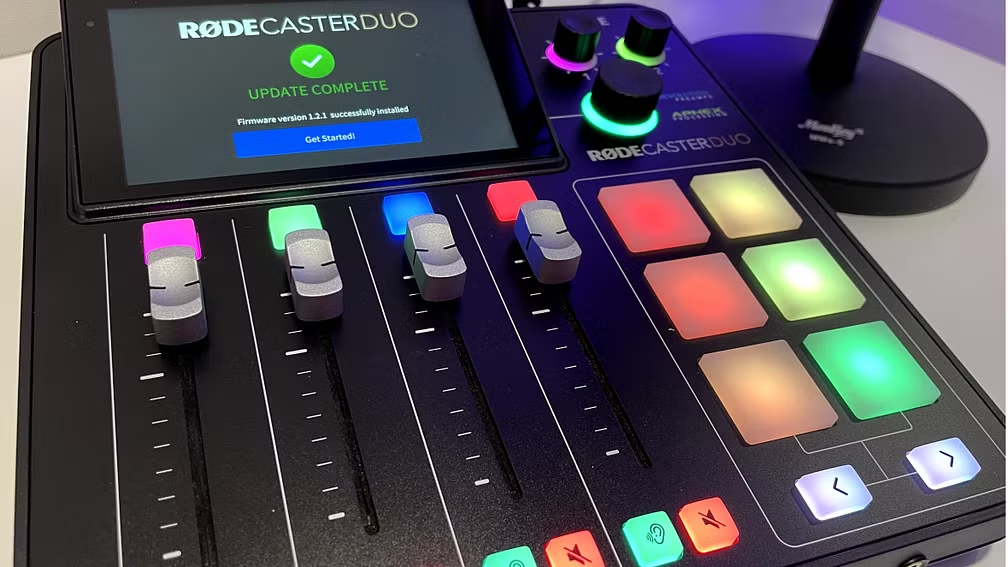
4. Balancing Audio Levels
Achieving a balanced mix is crucial for listener comfort.
Match Volume Levels
- Use compressors and limiters to even out loud and soft parts of the audio.
- Employ normalization to maintain consistent overall volume.
EQ for Clarity
- Boost midrange frequencies for vocals to make speech stand out.
- Cut unnecessary low frequencies to reduce rumble or pops.
5. Transitions and Flow
Transitions are key to maintaining listener engagement in radio shows and podcasts.
Smooth Crossfades
- Use crossfades to transition between music tracks seamlessly.
- Adjust the fade duration based on the tempo and mood of the tracks.
Segues and Stingers
- Add jingles, sound effects, or stingers between segments for a professional touch.
- Match these elements to the tone of your show or podcast theme.
6. Incorporating Music and Sound Effects
Background Music
- Keep background music subtle to avoid overshadowing the spoken word.
- Use instrumental tracks to maintain focus on dialogue.
Sound Effects
- Use effects sparingly to emphasize key points or add humor.
- Avoid overloading your mix with distracting sounds.
7. Editing for Storytelling
Podcasts and radio shows often rely on storytelling, requiring thoughtful editing.
Arrange for Impact
- Sequence segments to build narrative tension or maintain interest.
- Use pauses effectively to emphasize important points.
Cut Redundancies
- Trim content to keep your show concise and engaging.
- Focus on delivering value to your audience in every segment.
8. Mastering Your Mix
The mastering stage ensures your mix is polished and broadcast-ready.
Loudness Standards
- Follow platform-specific LUFS standards to avoid distortion or low volume playback.
Final Compression and EQ
- Apply gentle compression to glue your mix together.
- Use a final EQ pass to fine-tune the overall tonal balance.
Export Settings
- Use high-quality formats like WAV or MP3 (128-192 kbps for radio, 320 kbps for podcasts).
- Ensure proper metadata tagging for easy distribution.
9. Testing and Feedback
Before releasing your show or podcast, review your mix thoroughly:
- Test Across Devices: Play your mix on headphones, monitors, and smartphones to ensure consistency.
- Seek Feedback: Share your mix with peers or a test audience for constructive criticism.
Conclusion
Mixing for radio shows and podcasts requires attention to detail and a deep understanding of audio production techniques. By focusing on clarity, balance, and storytelling, you can create content that resonates with your audience and stands out in a competitive landscape. With practice and the right tools, you’ll be ready to deliver professional-quality mixes that keep listeners coming back for more.







